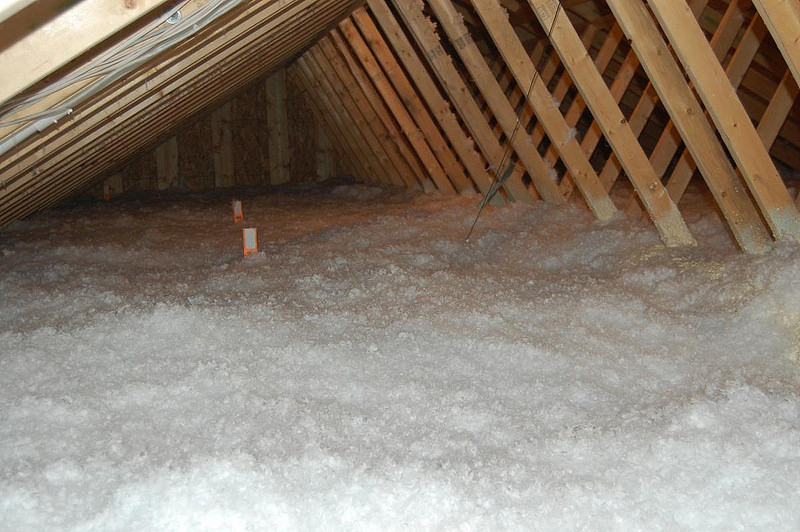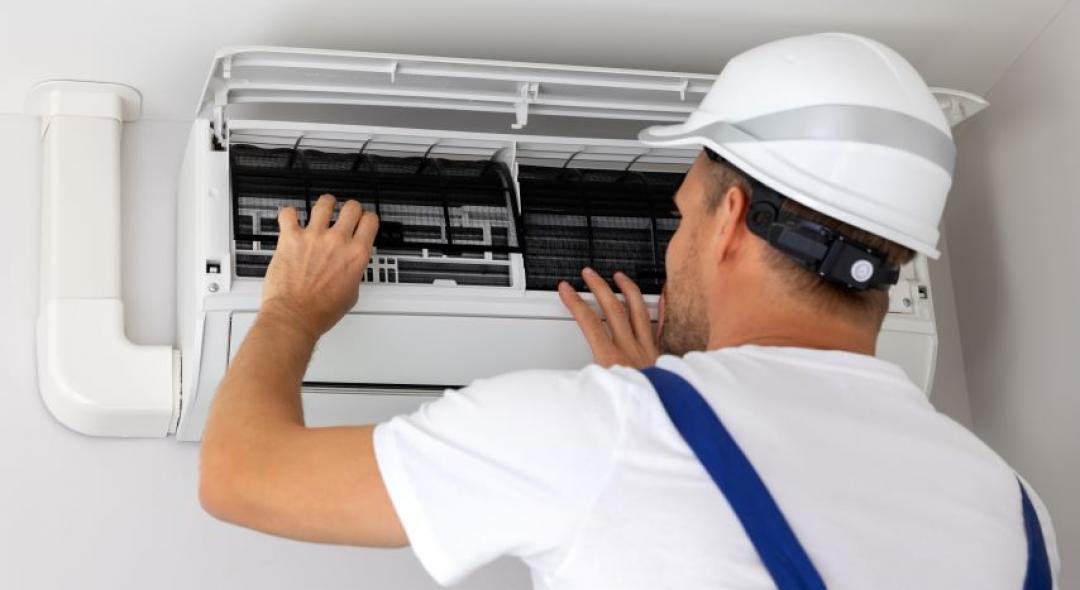The best way to increase your home’s energy efficiency and comfort all year-round is to ensure that your home’s thoroughly insulated and that the insulation installed is the ideal kind for your climate, home, and budget. Oftentimes, homeowners apply the logic that “more is better” when it comes to insulation installation and are surprised to learn that they’re probably wasting money on their home’s insulation which isn’t effectively serving their needs. To help prevent this kind of waste in your home consider some of the different insulation types used around the country today:
Batt and Roll Insulation

Batts and rolls are the most widely used and recognizable form of home insulation. They’re formed from a variety of different materials though their most commonly manufactured from fiberglass which is layered in row upon row of fiber strands forming a texture similar to a blanket. Batt insulation and roll insulation are offered in pre-measured dimensions and are able to be customized and re-fitted by homeowners and professional insulation contractors if the material doesn't fit the space in question. Generally speaking, these types of insulation have an R-value of between 2.9 and 4.3 per inch according to the Department of Energy.
Loose-Fill Insulation

For a thorough insulation installation in spaces where batt and roll insulation would be impossible to maneuver, loose-fill insulation is often the best solution. What makes this insulation material different is that it arrives in bags full of fine particles of insulating material which is applied by specialty equipment blowing the material into any cracks, crevices, or crawl spaces where it can adhere to the surface and more completely prevent the climate conditions outside from effecting the temperature inside. Loose-fill insulation is available in three different varieties: fiberglass, cellulose, and rock wool, each of which has it’s own R-value and typical cost. Speak to your local insulation contractors to find out about the best type for your home’s needs.
Rigid Foam Insulation

For greater insulating power without having to pay for extra inches of insulation, rigid foam insulation is the best bet on the market. This type of insulation is commonly made from materials like polystyrene and polyurethane and due to its unique design can lend up to double the R-value of other insulating materials of the same thickness. That said, rigid foam insulation installations tend to be more expensive to have performed, especially because of the need to have extra weatherproofing material and fire-resistant material installed on top of the insulation prior to finishing.
